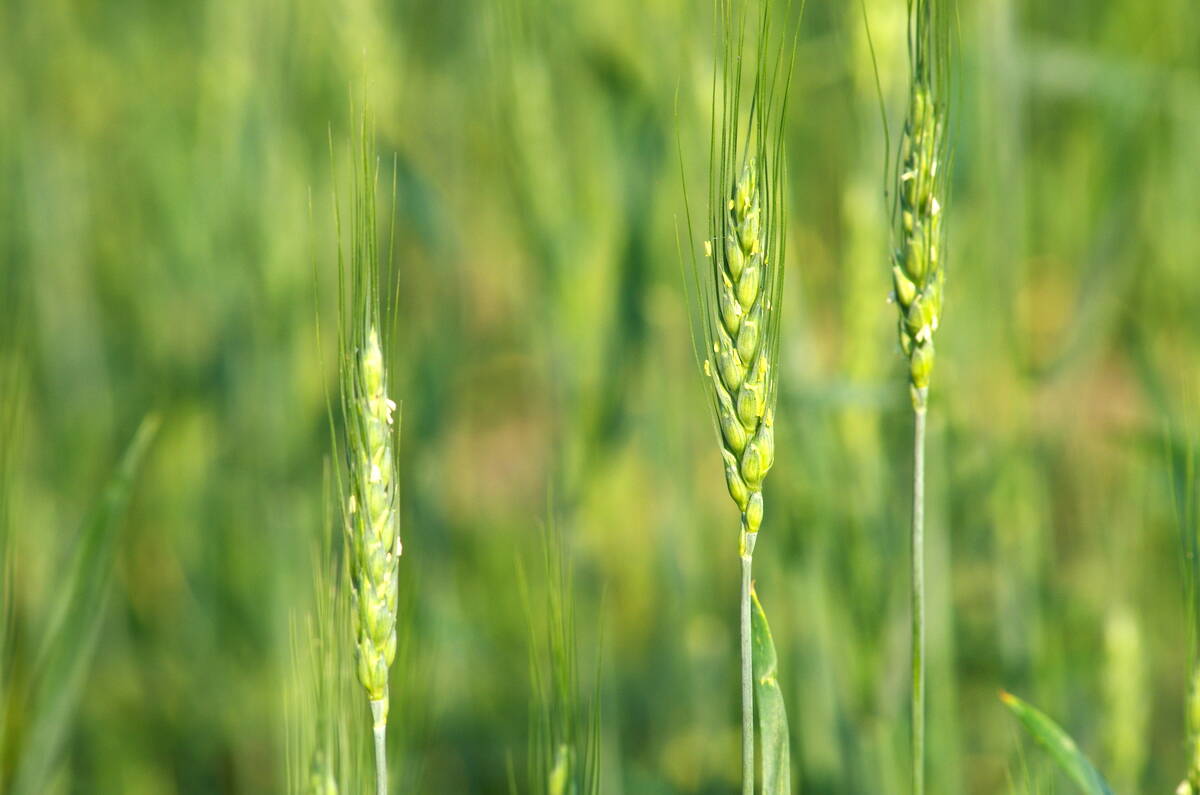(Resource News International) — Counties in Alberta are implementing
aggressive measures designed to address the growing clubroot
infestation in canola, according to
crop specialists with Alberta Agriculture and Food.
Although clubroot appears to be spreading rapidly, Harry
Brook, a crop specialist with the provincial Ag Info Centre in Stettler, pointed out that as awareness
increases, more and more people discover it in their crops.
In April 2007 clubroot was declared a pest under
Alberta’s Agricultural Pests Act, making crop restrictions
Read Also

California researchers create nitrogen-fixing wheat
U.S. crop breeders have created a wheat variety capable of creating its own nitrogen fertilizer.
Murray Hartman, an oilseed specialist with Alberta Agriculture and Food at Lacombe,
said that the county of Leduc, for example, surveyed every canola
crop in its jurisdiction this year and if clubroot was found,
the farmer is now prohibited from planting canola for five
years.
“Once the spores are in your soil, it takes roughly
20 years to get rid of them,” Brook said. “A minimum four-
to five-year rotation, however, will reduce the spores to
manageable levels.”
Hartman said two or three other counties have indicated
they will undertake similar surveying measures for the
next crop year and will also place crop restrictions
where necessary.
Since 2003, clubroot infestation in canola has spread to 11 counties in Alberta, many of them located north of Edmonton, with Sturgeon county likely affected the most, Brook
said.
Prior to 2003, only two cases of clubroot had been
reported in Alberta, both of which were found in cabbage
family crops. The infestation of canola fields near Edmonton in 2003 was the first case in canola in Western
Canada.
Clubroot is a serious soil-borne disease which affects
cruciferous crops (canola and cabbages). Though there
are no airborne spores released by clubroot, the resting
spores are capable of moving with infested soil transported by
wind or water erosion and field machinery.
“Clubroot is only transmitted by soil,” Brook explained.
“If you cultivate the field you spread the spores further. If
you do not cultivate the field you limit the spread of the
spores. Zero tillage would slow down the spread
appropriately.
“The biggest reason it spread so far and
so quickly is because farmers have been shortening their crop
rotations. It is not difficult to figure out that a rotation
of wheat, canola, wheat and then back to canola again is not a
good idea. It’s poor rotation from a disease point of view.
It’s asking for trouble.”
The custom industry is also feeling the effects of the
disease in Alberta, Hartman said.
“The whole custom operating industry is concerned because
even if they clean their machinery, it’s never 100 per cent, so
they could still be liable for spreading it. If they can,
they’ll avoid going to those areas. Some of them are saying
they’re going to stop operating because they just cannot
afford it.”
As far as spreading clubroot is concerned, machinery is
the main source, Hartman said. “Rotation can minimize the
impact once the infestation is there but as far as spreading
it is concerned, it is mostly on equipment. But at least crop
rotation is something that can be policed.”
The University of Alberta is currently
working on two projects designed to address the problem of
clubroot infestation, Hartman said. One is focused on treatments meant to
lessen clubroot’s effects whereas the second study is working
on breeding resistance to the disease. Unfortunately, the
studies are expected to take anywhere from three to 10 years.
In the meantime, there is unfortunately no quick fix,
Hartman said, and that’s really what has got people worried.













